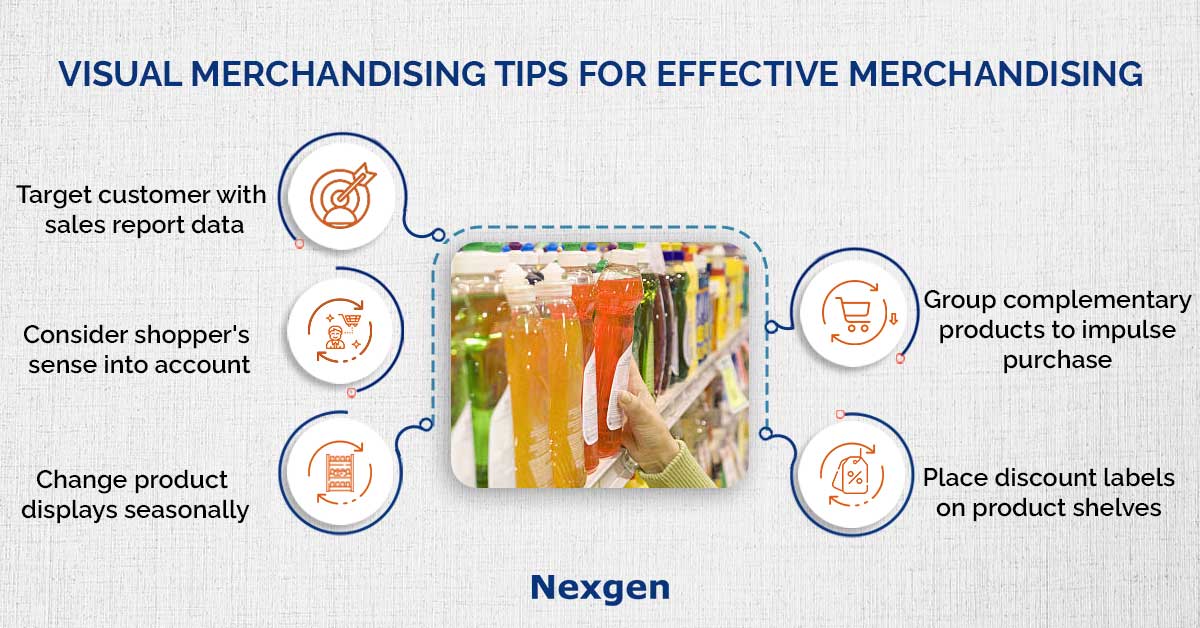For an industry that considers all about enticing its customers, cosmetic merchandising plays an important role in how shoppers view health and beauty products during their shopping experience. Knowing how to visually merchandise your products can have an impact on your retail sales, particularly if the product or brand has recently launched. With this in mind, how can your retail business create its retail execution strategy to entice customers? Well, the answer is simple: Visual merchandising tactics will help retailers to convey the right information about products to customers. The type of your store layout, fixtures, and product placement will say a lot about your store and its brand identity. This helps retailers to differentiate from their largest competitors. There are several significant factors to consider while merchandising your cosmetic products – here are some key points to keep in mind.

- Know your target customer: Having complete information about your customer will help you create an effective merchandising display. Retail sales report data available on planograms can help retailers to target individual customers. Also, customer details beyond the basics such as income, location, buying behaviors, demographics, and market trends can also be helpful for creating product displays.
- Merchandising your store’s display: After knowing the target customer, create two different merchandise displays for your products with the help of planogram software. This will provide valuable insight into your product’s strengths and weaknesses. Try to change the displays at least once every two months or seasonally. Also, make sure to highlight the latest products onto the retail display to entice and educate shoppers more about them.
- Take your shopper’s sense into account: Naturally, when it comes to cosmetics merchandising, most brands focus on the senses like sight, touch and smell. For example, most stores offer free testing of products to know the shopper’s skin and help them to pick the right products. Also, most stores will place a lot of perfume testers for customers to check if they like the smell of such products and prompt them to purchase.
- Place complementary products together: By grouping complementary products together, retailers can increase the chances of impulse. For example, placing day and night cream together to make the buying decision easier.
- Consider sets of three items: Retailers should consider a rule of three by placing the products in groups of three, to entice shopper’s attention for longer. It is said to be natural for eyes to keep moving to look at something which is asymmetrical. For instance, placing items that are stacked short to tall.
Overview of Nexgen POG
Nexgen POG is a robust and user-friendly cloud-based visual merchandising tool. It is a cost-efficient planogramming tool, designed for creating store-specific planograms. Planograms help in visually merchandising different products with the right store layout, inventory management, report analysis, shelf placement and category management features. It helps increase product visibility and impulse buying.
Get Your Free Trial Now!